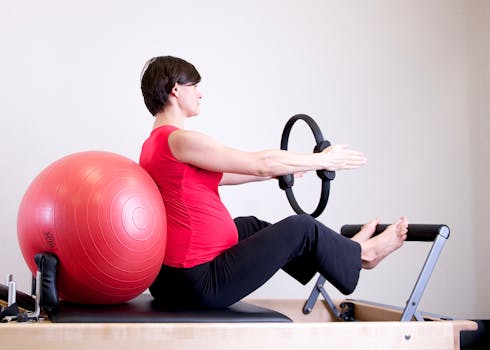
Free Weights vs. Machines: Which is Better for Strength Training?
Takeaways: When it comes to strength training, both free weights and machines have unique advantages. Free weights promote functional strength and engage multiple muscle groups, while machines offer guided movements and can be safer for beginners. Your choice should depend on your fitness goals, experience level, and personal preference.
In the world of strength training, the debate between free weights and machines remains a hot topic among fitness enthusiasts. Each method offers distinct advantages and disadvantages, which can influence your workout experience and results. In this article, we will explore the benefits and drawbacks of both free weights and machines to help you determine which is better suited for your strength training needs.
The Case for Free Weights

- Functional Strength: Free weights mimic real-life movements, enhancing your functional strength. This translates to better performance in daily activities and sports.
- Muscle Engagement: When using free weights, your body engages stabilizing muscles to maintain balance and control. This leads to a more comprehensive workout and greater muscle activation.
- Variety and Flexibility: Free weights allow for a wide variety of exercises that can target specific muscle groups or provide a full-body workout. You can easily modify your routines to keep things fresh and challenging.
- Cost-Effective: Investing in a set of free weights is often more affordable than purchasing multiple machines. They take up less space and can be used for a multitude of exercises.
Drawbacks of Free Weights

- Learning Curve: Proper form and technique are crucial when using free weights. Beginners may require guidance to avoid injury and maximize effectiveness.
- Safety Concerns: Without a spotter, lifting heavy weights can pose a risk of injury if you are unable to complete a lift.
The Benefits of Weight Machines

- Ease of Use: Machines often come with instructional diagrams and fixed paths of movement, making them intuitive for beginners.
- Isolation of Muscles: Machines can target specific muscle groups more effectively, allowing for focused workouts.
- Reduced Risk of Injury: The guided motion of machines can make it safer, especially for those who are new to lifting or recovering from injuries.
- Less Need for Spotters: Most machines can be used solo, reducing the need for a training partner to assist with heavy lifts.
Drawbacks of Weight Machines

- Less Functional Strength: Machines often do not mimic natural movements, which may not translate as effectively to real-world strength and athletic performance.
- Limited Range of Motion: Fixed paths can restrict movement, potentially leading to imbalances if used exclusively.
- Cost and Space: Machines are typically more expensive and require more space than free weights, which can be a consideration for home gyms.
Conclusion

FAQs
1. Can beginners use free weights?

2. Are machines better for building muscle?
Machines can be effective for building muscle, especially for isolating specific muscle groups. However, free weights can also be highly effective when used correctly.
3. How often should I strength train?
It’s generally recommended to strength train at least two to three times per week, allowing for muscle recovery between sessions.
4. Can I combine both free weights and machines in my routine?
Absolutely! Combining both free weights and machines can provide a comprehensive strength training program, maximizing your results.






